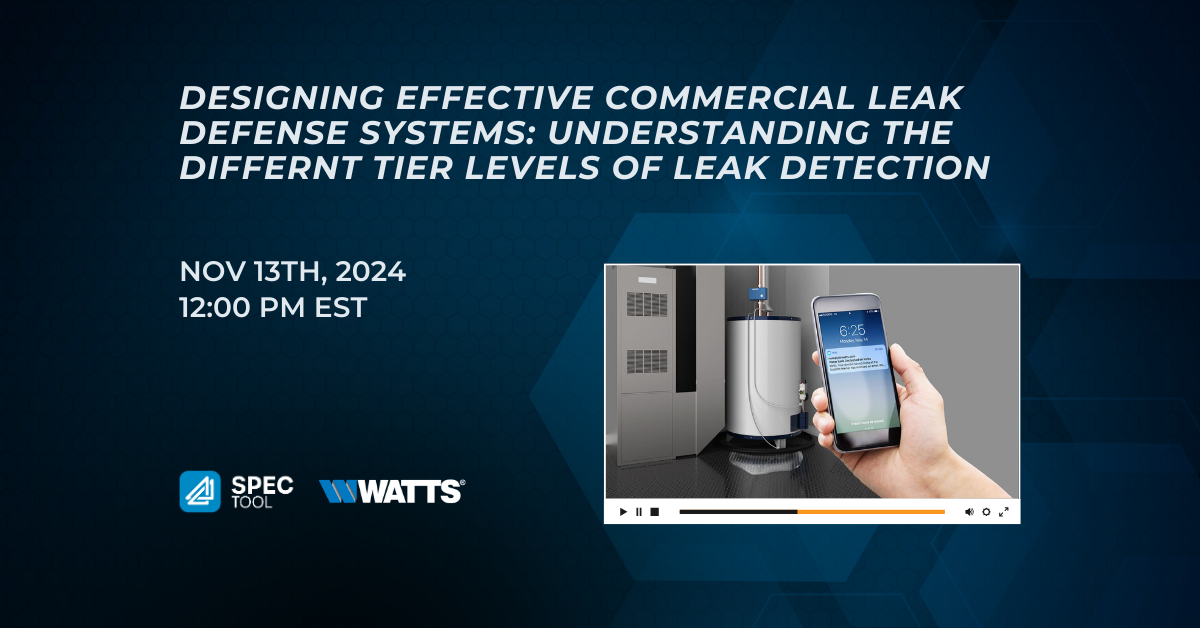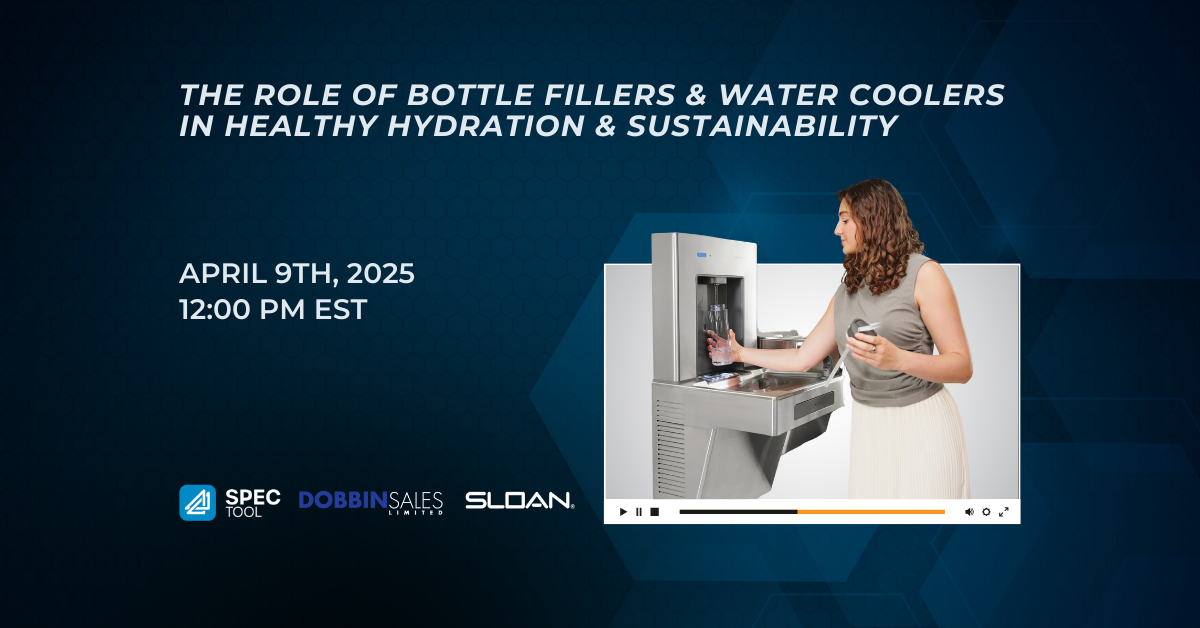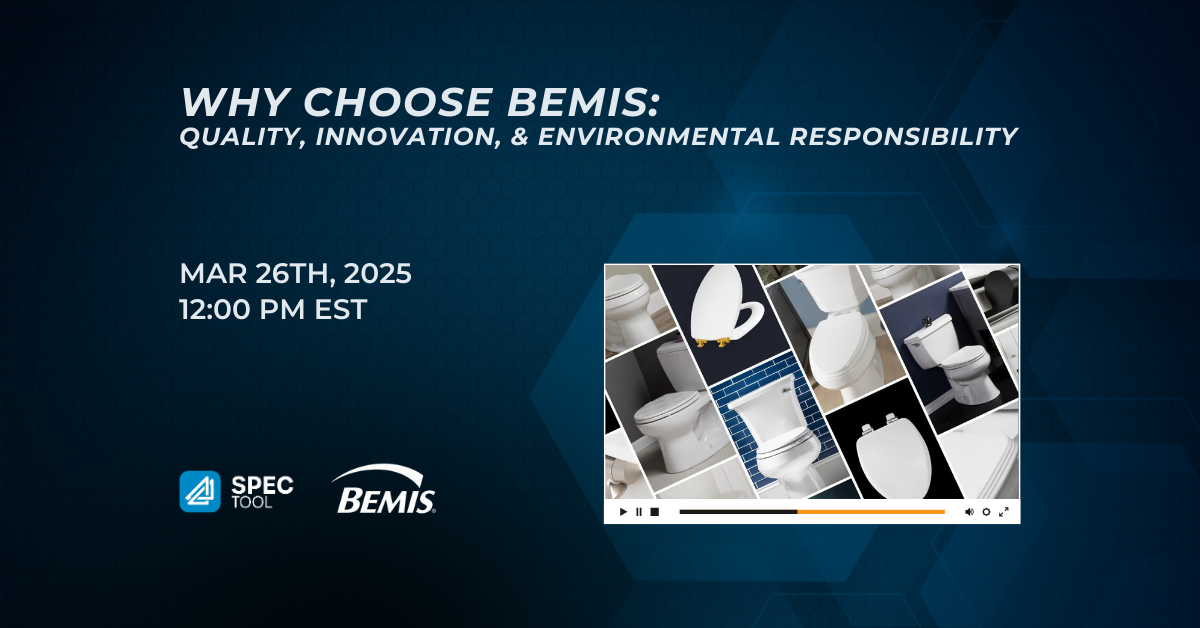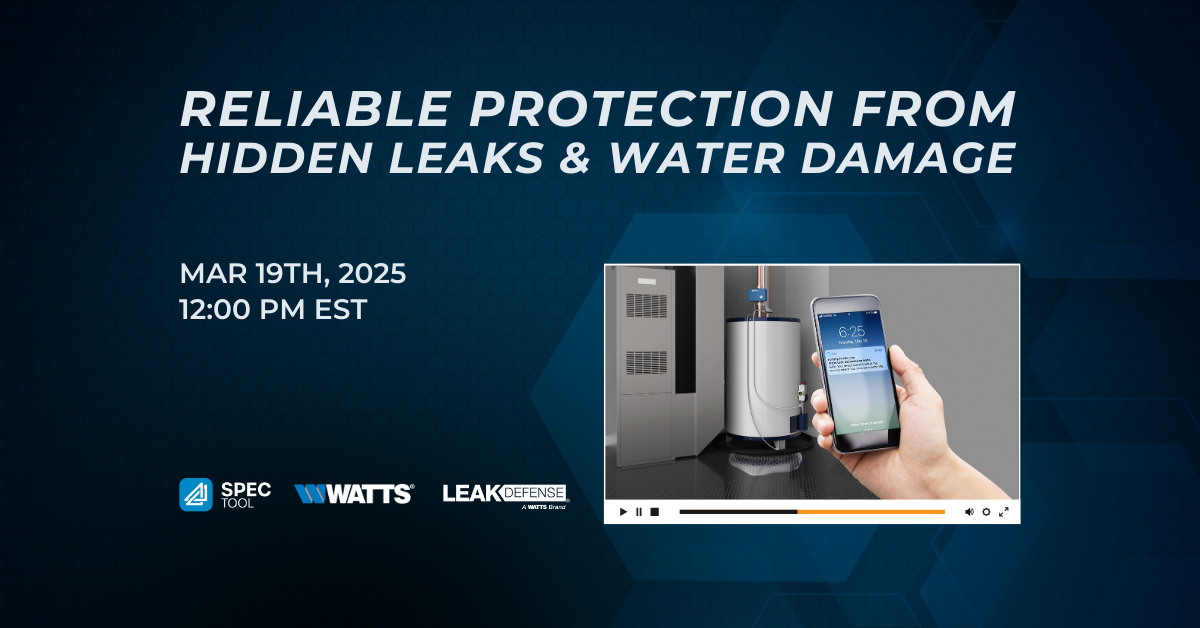Designing Effective Commercial Leak Defense Systems with Watts

CHAPTER SUMMARY
Chapter 1: Introduction and Leak Detection Importance
Key Takeaways:
- The webinar is an ATS University session focused on commercial leak defense systems.
- Leak detection is critical in multi-family and commercial structures due to significant property damage and legal risks.
- Water damage claims exceed fire and theft claims combined.
Chapter 2: Leak Defense System Components and Operation
Key Takeaways:
- A leak defense system includes sensors, automatic shut-off actuators, valves, and monitoring/alert systems.
- The system protects personnel and property from water damage and related risks, similar to smoke detectors or circuit breakers for electrical systems.
- Systems can incorporate features like recirculation pump shut-off and various control options (timers, quantitative limits).
Chapter 3: Tier Levels of Leak Detection Systems
Key Takeaways:
- Five tier levels exist, ranging from least to most effective and costly.
- Tier 1 (least effective) uses outside-the-pipe detection and alert only; Tier 5 (most effective) combines inside and outside-the-pipe detection with automatic shut-off.
- Effectiveness significantly increases with automatic shut-off capabilities.
Chapter 4: Risk Factors and ROI
Key Takeaways:
- High-risk building types include new constructions, multi-tenant structures, buildings with extreme climate exposure, and those with high fixture-to-square-foot ratios.
- Retrofits are increasingly common due to aging pipes and component failures.
- A significant ROI can be achieved by preventing costly leaks and reducing insurance claims.
Chapter 5: System Design and Implementation
Key Takeaways:
- System architecture includes valves, controllers, and accessory interfaces.
- Hardwired systems are generally preferred over wireless for reliability.
- Proper system configuration and selection of components are crucial, considering factors such as building type, risk levels, budget, and customer preferences.
Chapter 6: Using the ATS Spec Tool
Key Takeaways:
- The ATS Spec Tool allows for easy selection and specification of leak defense systems.
- Masters and templates streamline project creation and product selection.
- The tool generates various documents including spec sheets and schedules.



